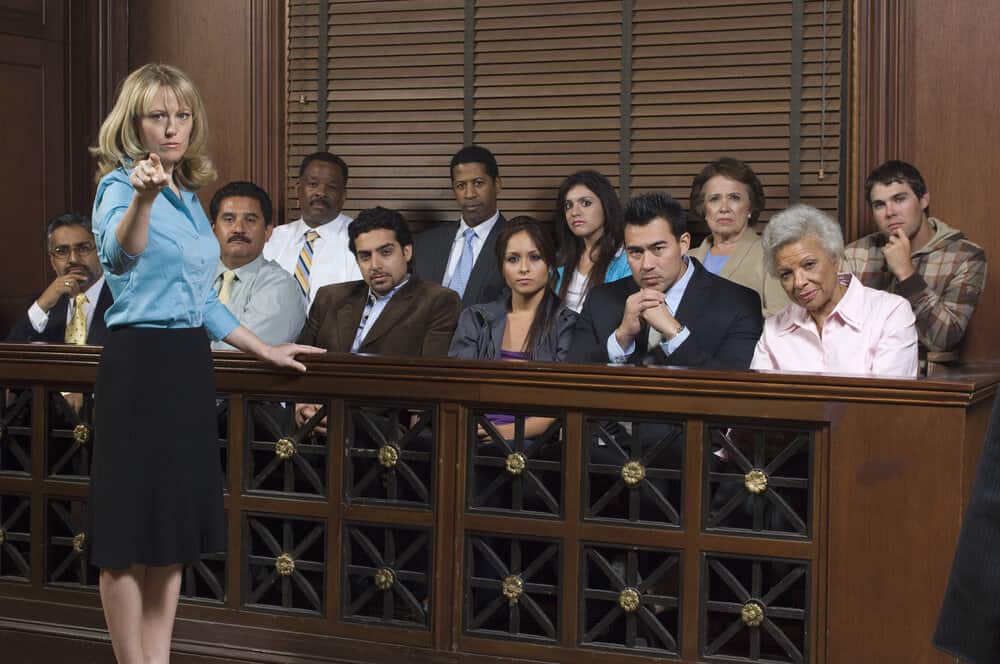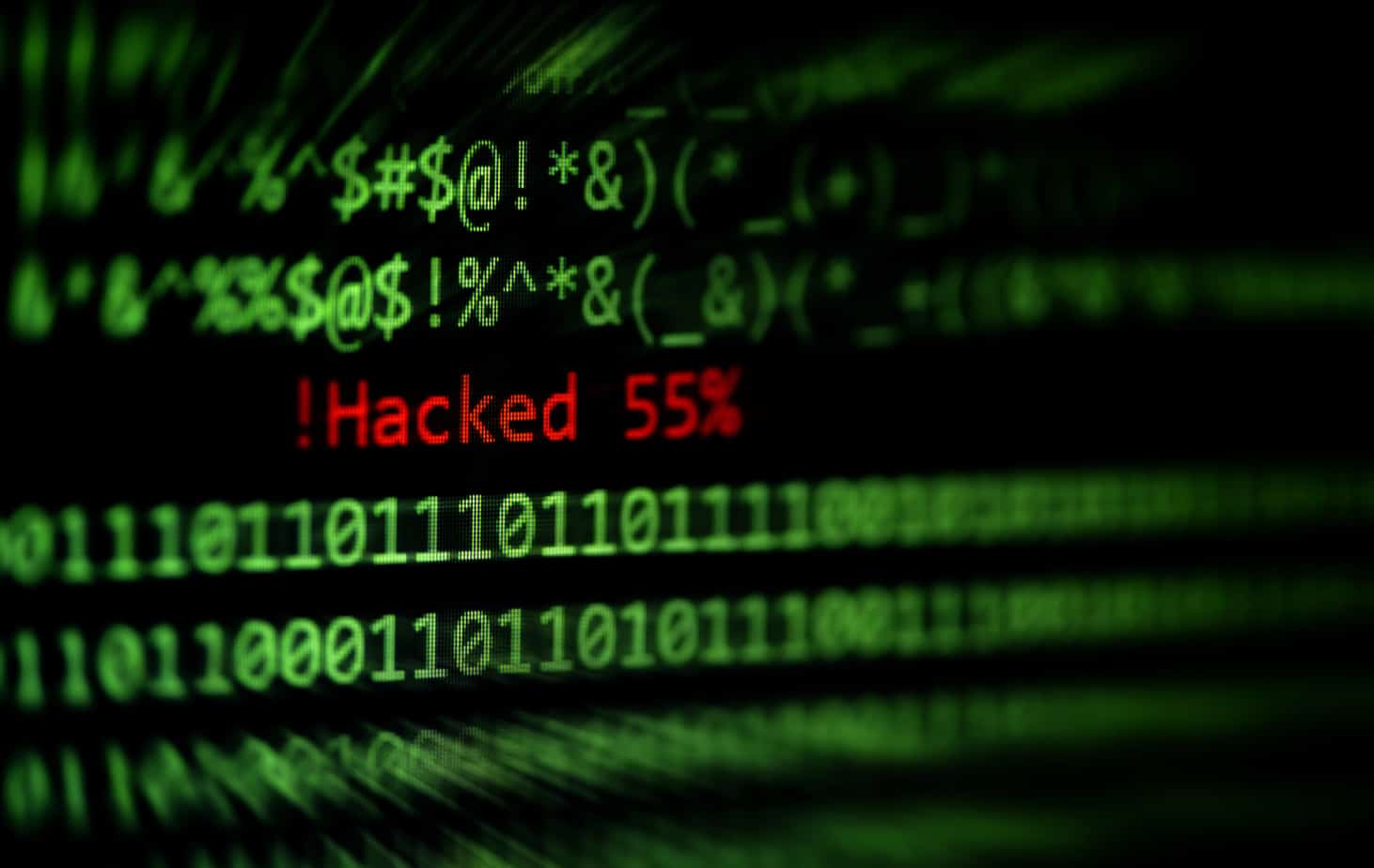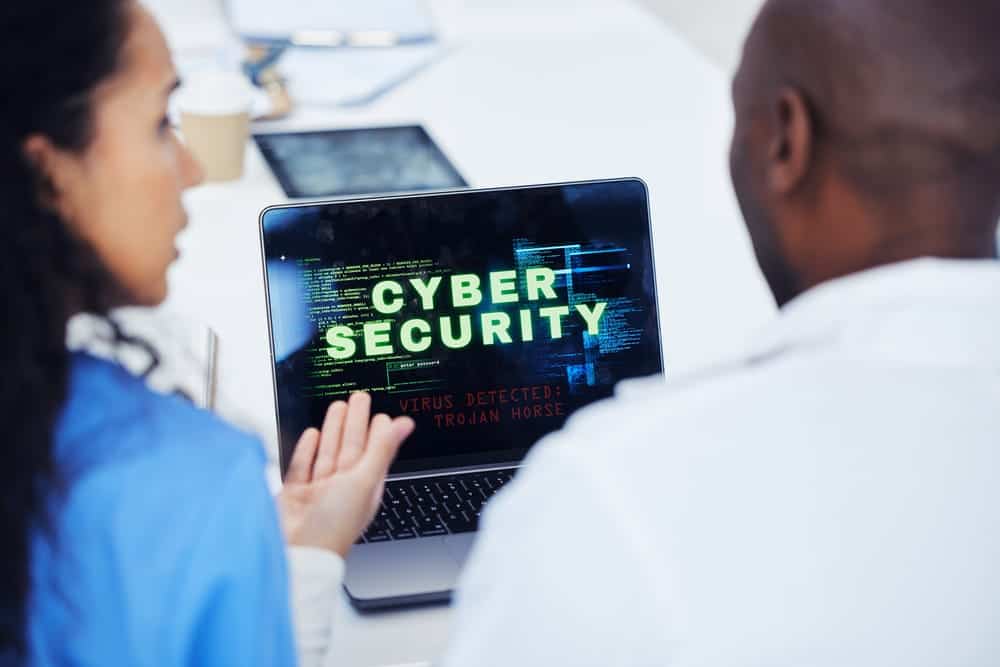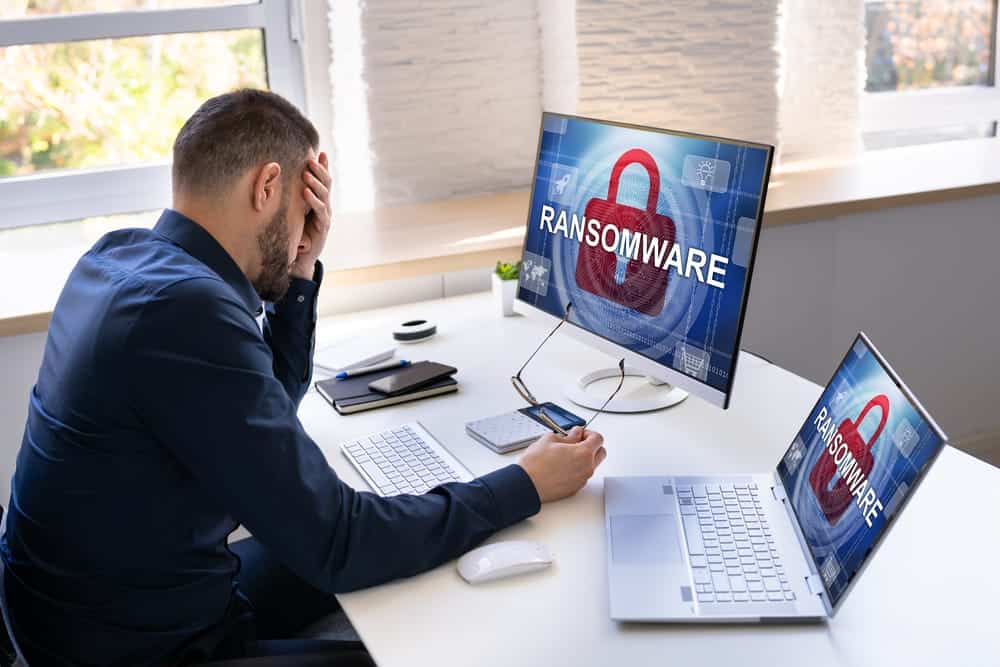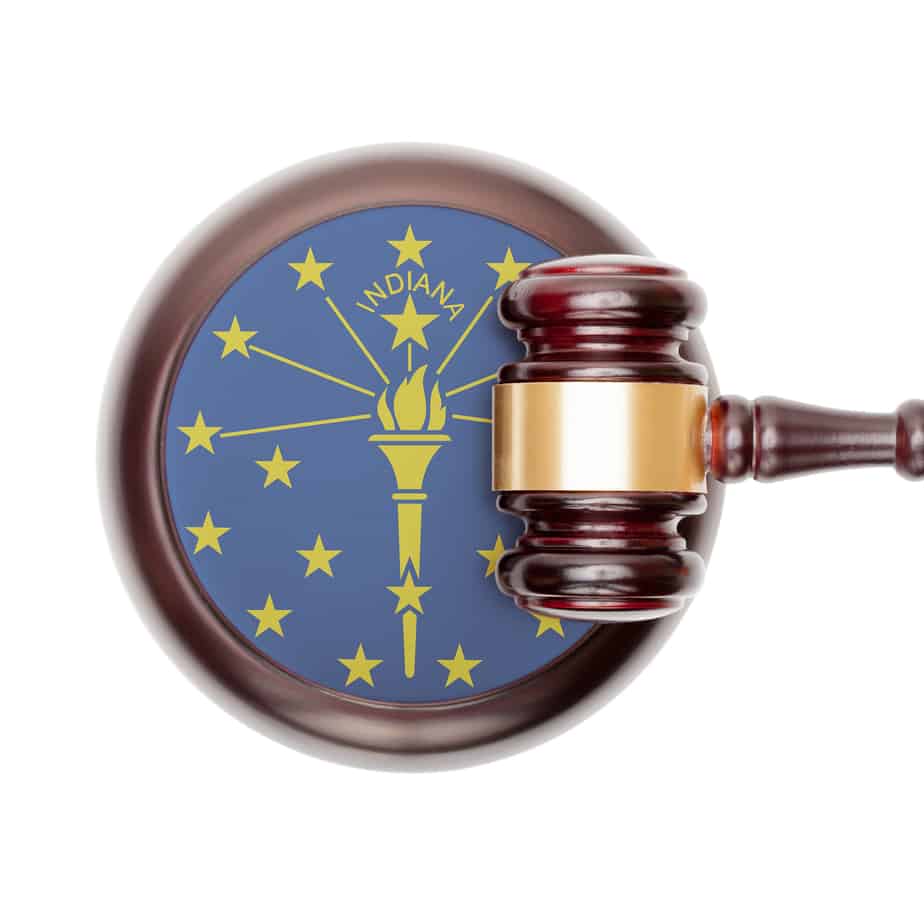Navigating the courtroom is akin to a well-choreographed dance. Understanding your audience is critical.
To help demystify this art, we’ve brought together the expertise of Michael Callahan and Riley Beam. They’ve laid out the stark differences between addressing a jury and a judge. Let’s dissect their insights and pepper in some of our own.
Michael Callahan on Adapting Presentation Style to Audience
Michael Callahan, Founder and Director, The Callahan Law Firm, offers a nuanced perspective:
“When addressing a jury, I emphasize the simplification of complex legal concepts and the development of an emotionally resonant narrative. Frequently, juries are receptive to accounts that relate the facts to their own personal experiences.”
“In contrast, when presenting before a magistrate, I emphasize precise legal arguments, statutes, and case precedents. Judges are trained to meticulously analyze legal issues, so my preparation entails a more comprehensive examination of legal nuances.”
Our Take
The key here is adaptability. Before a jury, you’re not just a lawyer but a storyteller. Before a judge, you’re a legal scholar.
Tips and Strategies
- For juries, use relatable analogies and simple language.
- Dig deep into statutes and precedents for judges to build a solid argument.
Key Takeaway: Know your audience and tailor your approach for maximum impact.
Riley Beam on Patience and Conviction for Jury Trials
Riley Beam, Managing Attorney, Douglas R. Beam, P.A. dives into the traits necessary for a successful jury presentation:
“The first element is patience. A jury is less well-versed in the law than a judge. We must be patient enough to explain terms and avoid confusing legal jargon. Instead, we create visuals and stories to convey a point. Our arguments are engaging, informative, yet clear and concise.”
“The second element is conviction. A committed display of conviction shows a jury how invested we are. We may fail to inspire a jury to feel for our client if we only present facts and details. When we show conviction and help the jury understand why justice must be done, getting every member on our side is easier.”
Our Take
It’s not just about the law; it’s about human connection. Empathy, clarity, and genuine belief in your case can sway a jury just as much as facts can.
Tips and Strategies
- Use visual aids like slides or props to reinforce your points.
- Show conviction through your tone, facial expressions, and body language.
Key Takeaway: Mastering the art of patience and conviction can make your case relatable and compelling for a jury.
Final Thoughts: The Art of Courtroom Adaptability
In a courtroom, the effectiveness of your presentation can hinge on your ability to adapt to your audience. A jury must feel your sincerity and understand your client’s situation, while a judge requires a rigorous, well-researched argument. Being able to shift gears between these two styles is not just an art; it’s a necessity for legal success.
Frequently Asked Questions: Navigating Your Legal Presentations
What’s the most important factor when presenting to a jury?
Empathy and clarity top the list. You must simplify complex legal terms and connect the jury to your client’s experience.
How should I prepare differently for a judge compared to a jury?
For a judge, focus on the legal details. They’re well-versed in law, so dig deep into statutes, case precedents, and legal arguments.
Can visual aids be used in both cases?
Yes, but they should be tailored. For juries, use visuals to simplify and humanize. For judges, graphs or charts can be employed to clarify complex arguments.
What role does emotion play in these presentations?
Emotion plays a bigger role with juries, where conviction and passion can be persuasive. With judges, emotion is less impactful than a solid, well-reasoned legal argument.
How long should my presentation be for a jury vs. a judge?
There’s no hard and fast rule, but juries generally benefit from concise, engaging presentations. Judges, however, may expect a more in-depth exploration of legal issues.
Should I avoid legal jargon altogether when speaking to a jury?
Not altogether, but minimize it. If you must use legal terms, clearly explain them so the jury will understand them.
Is it beneficial to bring in expert witnesses?
Especially in cases that require specialized knowledge. However, ensure they can communicate complex ideas simply for the jury.
How can I show conviction without appearing overly emotional or biased?
It’s a fine line to walk. The key is showing you believe in your client’s case without using theatrics. Let your arguments demonstrate your conviction.
What’s the most common mistake lawyers make in their presentations?
A lack of adaptability. Many lawyers get so entrenched in legal specifics that they forget to connect on a human level, which is especially important for jury trials.
Any tips on keeping the jury engaged?
Vary your tone, use storytelling elements, and employ visuals. Also, remember that pacing is crucial—don’t rush through, but don’t drag on either.
These FAQs should offer a solid starting point for any lawyer looking to hone their courtroom presentation skills. Adaptability, after all, is key in the legal arena.
